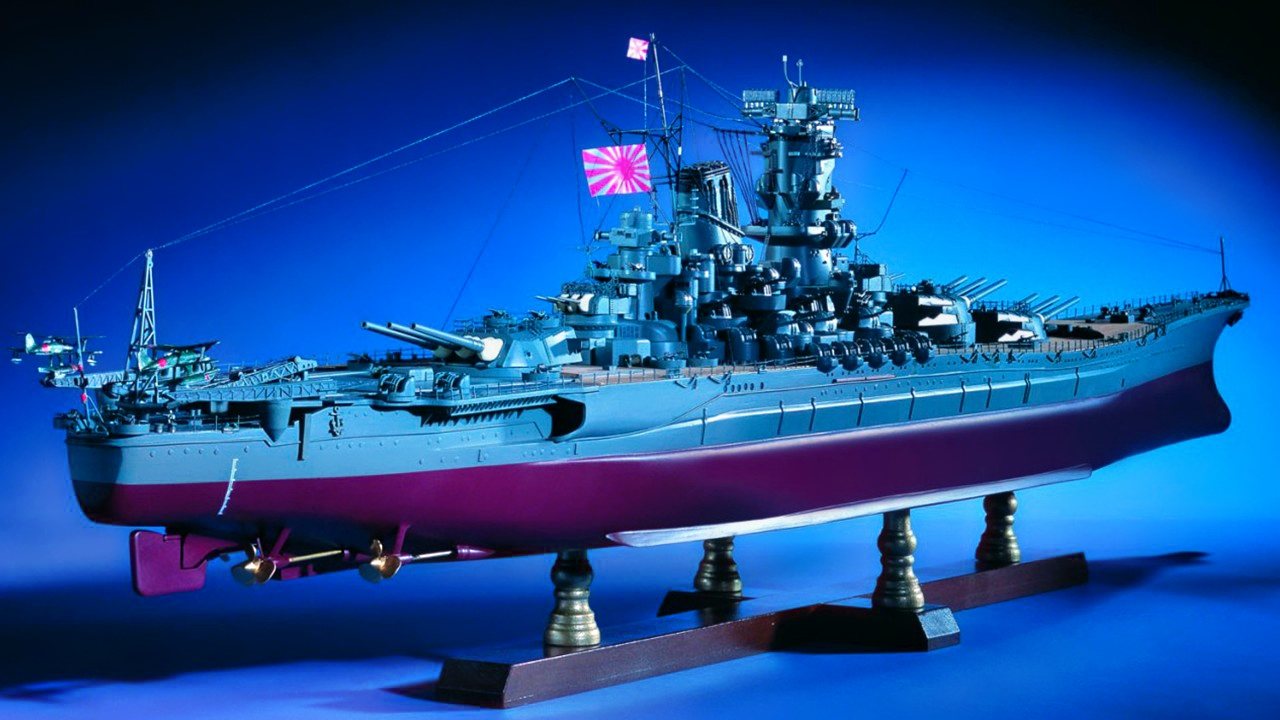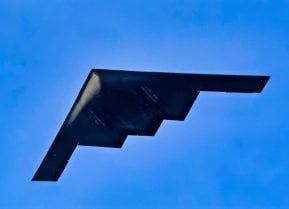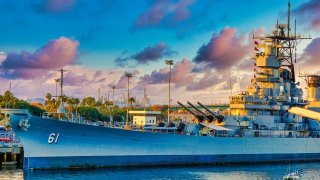A-150: Japan Wanted the Largest Battleship Ever (91,000 Tons)
As initially envisioned, the A-150 super battleship was to be 91,000 metric tons (90,000 long tons), and yet somehow was to be fast enough to maintain a speed of 30 knots – faster than the American Navy's North Carolina-class battleships, which could maintain a speed of 27 knots.
A-150: Did Japan Really Consider Building a Warship Larger Than Yamato? - Today, China's People's Liberation Army Navy (PLAN) has become the largest naval force in the world, a fact that is of great pride to the Communist Chinese Party (CCP). Beijing has made its great leap forward and became a carrier power as well and plans are underway to construct a fourth and even larger carrier
The Chinese are clearly captivated by having the largest navy and likely intend on eventually having the largest aircraft carrier as well – one that would be even more advanced than the United States Navy's Gerald R. Ford-class, which will begin to replace the aging Nimitiz-class on a one-for-one basis.
However, the PLAN should learn from the past mistakes of regional rival Japan – and realize that bigger doesn't mean better. Japan failed to see as much when it developed the Yamato-class battleships in the 1930s, which were the largest big gun capital ships ever to sail.
A-150: What We Know
Military planners in Tokyo had even grander ambitions, and the Imperial Japanese Navy began the development of an even larger warship. Known as the Super Yamato-class, the Design A-150 battleship program began in late 1938. As conceived by its designers, the massive behemoth was to be armed with at least six 510mm (20-inch) guns as well as dozens of smaller caliber weapons.
As originally envisioned the super battleship was to be 91,000 metric tons (90,000 long tons), and yet somehow was to be fast enough to maintain a speed of 30 knots – faster than the American Navy's North Carolina-class battleships, which could maintain a speed of 27 knots.
The thinking of the day was that the United States could "out build" Japan three to one in a naval arms race, thus the IJN sought to have a far more powerful vessel than any foreign equivalents. This was a policy that went back to the early 20th century when Japan leaped ahead with ever more powerful vessels. The belief was that a single warship could have been able to take on an American fleet.
Such thinking would prove to be a mistake, as Yamato was sunk not in a slug match with other battle wagons, but by carrier-based aircraft. Today, the supercarriers of the United States Navy and the potential PLAN carriers may face future threats from land-based carrier-killer missiles, which only serve to call into question the future of such massive warships in general.
A-150: A Floating Fortress
Of course, the thinking of the IJN in the late 1930s wasn't about the potential of military aircraft. Rather, the military planners were looking to the past – namely Japan's daring victory at the Battle of Tsushima Strait, which was fought in late May 1905 in the waters between Korea and southern Japan during the Russo-Japanese War.
It was the only decisive battleship-to-battleship engagement in naval history, and it was a huge victory for Japan, which sank six of Russia's eight battleships. Japan lost just three torpedo boats in the action, with some 117 killed and another 583 wounded. By contrast, in addition to the battleships sunk, the Imperial Russian Navy saw 14 other ships sent to the bottom, while two other battleships were captured along with more than 6,000 sailors. They were the lucky ones, as more than 5,000 were killed.
It was truly Japan's greatest naval victory, and it was one that they hoped to repeat against the United States. Big gun battleships were thought to be the answer. Thus, the A-150 was meant to be armed heavily enough that it could blast anything that approached it on the open sea. Early conceptual designs for what would become the super battleship called for it to be armed with the massive 45-caliber 510mm guns in double or triple turrets. With at least six of the guns, and possibly as many as nine in total, the A-150 could have been a fortress at sea.
Had those guns actually been constructed, they would have been the largest ever fitted to a capital ship, dwarfing even the 460mm guns mounted on the Yamato-class. There were certainly doubts that such weapons could even be produced, but the successful construction of a 480mm (18.9 in) gun in 1920–1921 made the Japanese confident that such a large weapon could be built.
In addition to being able to serve as a fortress at sea, the A-150's designers wanted her to be a fast battleship as well. The designs called for a top speed of 30 knots (56 km/h; 35 mph), which would have provided a comfortable margin over the American 27-knot (50 km/h; 31 mph) North Carolina-class battleships.
Why the A-150 Never Was Built
It was undoubtedly an impressive wish list in terms of functionality and capability, but it was unrealistic. That explains why Japan never actually moved forward with the A-150. One factor is that Japan simply lacked the capabilities to build it, and once the war broke out the plan was put on hold. Yet, it is doubtful even in peacetime that Tokyo could have afforded the 91,000-tonne vessel. Had it gone forward, it is doubtful the fate of the A-150 would have been that different from other Japanese battleships.

Instead of a slug match against an American battleship and a repeat of Tsushima Strait, the A-150 would have made for a good target for American aviators, and it would have been Japan's fortress at sea that would have been sent to the bottom of the ocean.

About the Author
Peter Suciu is a Michigan-based writer who has contributed to more than four dozen magazines, newspapers and websites. He regularly writes about military hardware, firearms history, cybersecurity and international affairs. Peter is also a Contributing Writer for Forbes.
The main image is from Shutterstock. All other images are from Creative Commons.


